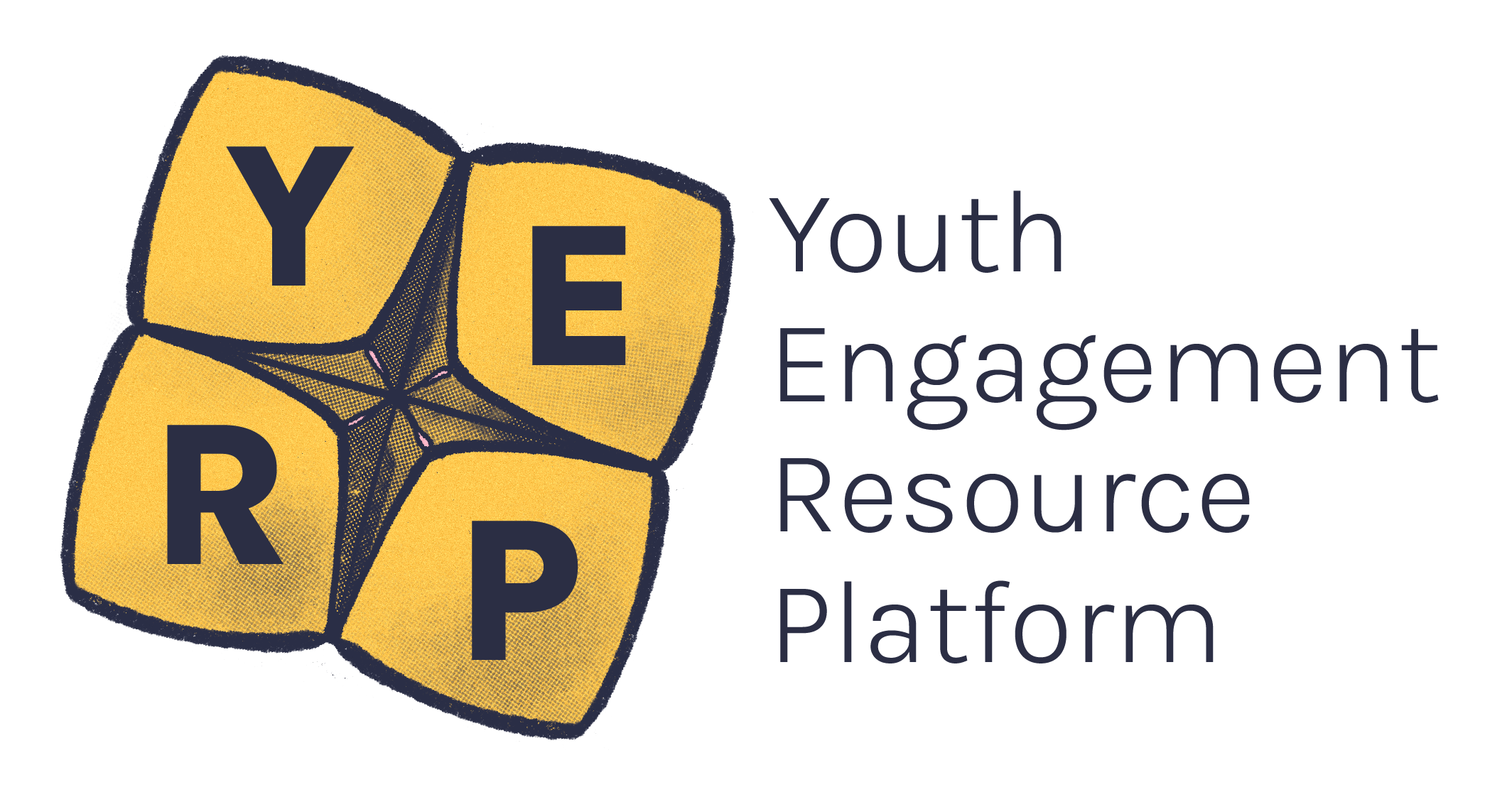On this page
Summary
We’ve made a joint submission with the Alcohol and Drug Foundation (ADF) to the Inquiry into vaping and tobacco controls in Victoria.
Our submission focuses on:
- young people’s use of vapes
- where and how young people want to learn about vaping
- how health services and regulators can better prevent, intervene, and address vaping.
We based our recommendations on a survey and an evidence review. Our survey included 35 young people and 22 youth sector representatives. They told us their experiences and suggestions on vape use among young people.
The Victorian Government must invest in targeted, public health vaping campaigns. This should be health-based and age appropriate. It should not be punitive or stigmatising.
To be effective, these campaigns must be:
- co-designed with young people
- take a Helping people make safer choices without judgment.harm minimisation approach
- use digital technology.
To help schools take a Thinking about vaping as a health issue, not a crime issue.health-based approach, we recommend more funding for youth workers in schools. These youth workers should have skills to discuss alcohol and other drugs with young people, and link them to support.
We also recommend evaluation for the Victorian Vaping Ban Guidelines. This includes support for schools to properly implement the guidelines and use A way of doing something that is considered the most ethical and effective.best practice with students who vape.
Our recommendations
Data and trends in vaping use in Victoria
Recommendation 1
Ensure any interventions or health-based responses to vaping among young people are driven by data trends, including the patterns and contexts of vape use by specific demographics.
Why young people are vaping
Recommendation 2
Young people use vapes for a range of reasons, and interventions that respond to vaping among young people must understand and address these underlying reasons.
How young people want to learn about vaping
Public health campaigns and information targeted to young people to address the use of vaping products must:
- Be co-designed by young people with diverse lived experience.
- Use factual, realistic, accessible, and youth-friendly information without imposing judgement or stigma as to why someone uses vapes.
- Acknowledge young people’s experiences of vaping, including perceived benefits and negative aspects.
- Take a harm minimisation approach that equips young people to make informed decisions about vaping, including information about health risks, peer pressure and how to access support.
Where young people want to learn about vaping
Recommendation 4
Education and support services delivered to young people about vaping should use digital technologies, including social media, to reach young people.
Recommendation 5
Ensure any public health and behaviour change campaigns are combined with interventions and approaches at individual and community levels.
School and parent responses to support young people
Recommendation 6
Schools to provide health-based, non-punitive responses to young people in schools who use vapes, with a focus on prevention, harm reduction and service support.
Recommendation 7
Increase funding for youth workers in schools who are skilled in having conversations around AOD, to support young people who vape to access support when and if they need it. To take a non-judgemental, non-stigmatising and trauma-informed approach.
Recommendation 8
Provide professional development training to teachers and wellbeing staff to support schools to understand and implement the Victorian Government’s Vaping Ban Guidelines – including best practice to respond and support students who vape.
Recommendation 9
To review the effectiveness of the Victorian Government’s school Vaping Ban Guidelines in reducing vape use among students, conduct an evaluation beginning 2025 embedding the voices of young people.
Recommendation 10
To support parents, carers and guardians have conversations with young people about vaping, ensure educational resources targeted at this group are accessible and promoted in physical and digital places they engage with – such as school and community organisations, sporting clubs, community forums and social media.
Youth sector responses to support young people
Recommendation 11
Increase training and resources for youth sector workers, general practitioners, and other health professionals on best practice for supporting young people who use vapes. This should take a non-judgemental harm minimisation approach, and include:
- short and long-term health impacts
- information about withdrawal and how this may present for young people
- information about youth-specific support and referral pathways
- age-appropriate tools and strategies to address peer pressure and nicotine dependence
- current laws
- environmental impacts of disposable vapes
Harm minimisation not criminalisation
Recommendation 12
Explore options for providing enhanced support for nicotine dependence to young people, including nicotine-replacement therapies.
Recommendation 13
Amend the Drugs, Poisons and Controlled Substances Act 1981 to remove the criminal offence for the possession of vaping products without a prescription




